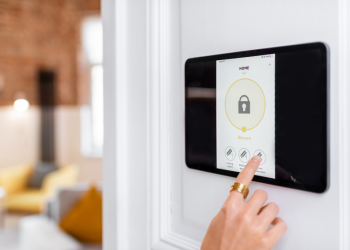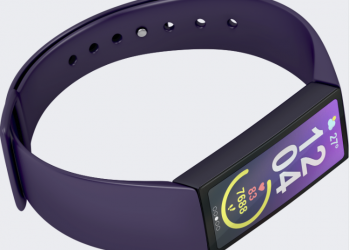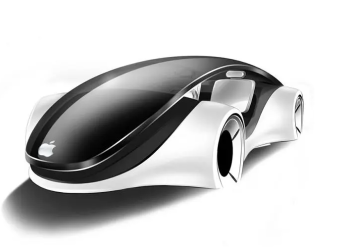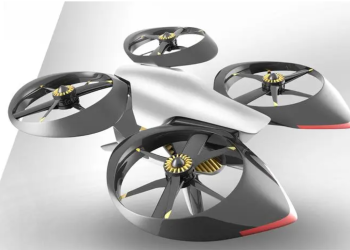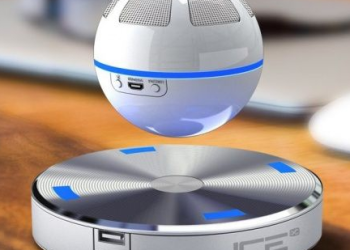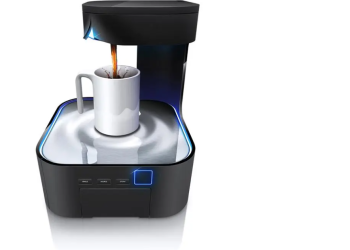In an era where health and wellness are at the forefront of our priorities, wearable wellness devices have emerged as indispensable tools for monitoring and improving our well-being. Let’s explore how these smart devices are revolutionizing the way we approach health and wellness.
Introduction to Wearable Wellness
Definition and Overview
Wearable wellness devices are wearable gadgets equipped with sensors and technology designed to track various aspects of our health and fitness, providing insights and feedback in real-time.
Importance of Health and Wellness
In today’s fast-paced world, maintaining a healthy lifestyle is more important than ever. Wearable wellness devices offer a convenient and accessible way to monitor our health and make informed decisions about our wellness routines.
Types of Wearable Wellness Devices
Smartwatches
Smartwatches are multifunctional devices that not only tell time but also track activities, monitor heart rate, and provide notifications from smartphones, making them versatile tools for health and wellness.
Fitness Trackers
Fitness trackers are dedicated devices designed to monitor physical activity, including steps taken, calories burned, and distance traveled, providing users with valuable insights into their daily exercise habits.
Smart Clothing
Smart clothing integrates sensors directly into garments, allowing for continuous monitoring of vital signs such as heart rate, respiration rate, and body temperature, offering a discreet and convenient way to track health metrics.
Functions and Features
Activity Tracking
Wearable wellness devices track various activities throughout the day, including walking, running, cycling, and swimming, providing users with accurate data on their physical exertion and calorie expenditure.
Heart Rate Monitoring
Heart rate monitoring is a key feature of wearable wellness devices, allowing users to track their heart rate in real-time during exercise and throughout the day, providing insights into cardiovascular health and fitness levels.
Sleep Analysis
Sleep analysis features track the duration and quality of sleep, monitoring factors such as sleep stages, sleep interruptions, and sleep patterns, helping users optimize their sleep habits for better overall health and wellness.
Benefits for Health and Wellness
Motivation and Accountability
Wearable wellness devices provide users with real-time feedback and progress tracking, motivating them to stay active and maintain healthy habits, while also holding them accountable for their wellness goals.
Lifestyle Changes
By monitoring health metrics and providing personalized insights, wearable wellness devices empower users to make positive lifestyle changes, such as increasing physical activity, improving sleep quality, and managing stress levels.
Integration with Healthcare
Remote Patient Monitoring
Wearable wellness devices are increasingly being integrated into healthcare systems for remote patient monitoring, allowing healthcare providers to track patients’ vital signs and health metrics outside of traditional clinical settings.
Chronic Disease Management
Wearable wellness devices play a crucial role in chronic disease management, helping individuals with conditions such as diabetes, hypertension, and obesity monitor their health and make informed decisions about their treatment and lifestyle.
Popular Brands and Models
Apple Watch
The Apple Watch is one of the most popular smartwatches on the market, known for its sleek design, advanced health tracking features, and seamless integration with Apple’s ecosystem of devices and services.
Fitbit
Fitbit offers a range of fitness trackers and smartwatches catering to different user needs and preferences, with features such as activity tracking, heart rate monitoring, and sleep analysis.
Garmin
Garmin specializes in GPS-enabled wearables for outdoor enthusiasts and athletes, offering advanced features such as route mapping, performance metrics, and training analysis.
Considerations for Choosing a Wearable
Compatibility
When choosing a wearable wellness device, it’s essential to consider compatibility with your smartphone’s operating system, as well as compatibility with third-party apps and services.
Design and Comfort
Design and comfort are also important considerations, as users will be wearing these devices throughout the day. Look for devices that are lightweight, waterproof, and comfortable to wear during exercise and sleep.
Case Studies and Success Stories
Personal Testimonials
Many users have shared their success stories and testimonials about how wearable wellness devices have helped them achieve their health and fitness goals, inspiring others to embrace these technologies.
Research Findings
Numerous studies have demonstrated the effectiveness of wearable wellness devices in promoting physical activity, improving sleep quality, and managing chronic conditions, providing empirical evidence of their impact on health and wellness.
Challenges and Limitations
Data Privacy and Security
As with any connected device, data privacy and security are significant concerns, and users should be aware of the risks associated with sharing personal health information with third-party services.
Accuracy and Reliability
While wearable wellness devices offer valuable insights into our health and fitness, they may not always be 100% accurate or reliable, and users should use them as tools for guidance rather than definitive measurements.
Future Trends and Innovations
Advanced Health Monitoring
Future iterations of wearable wellness devices are expected to incorporate more advanced health monitoring features, such as blood pressure monitoring, blood glucose monitoring, and stress detection, providing users with even more comprehensive insights into their health.
AI Integration
The integration of artificial intelligence into wearable wellness devices is also a promising trend, with AI algorithms analyzing data patterns and providing personalized recommendations for optimizing health and wellness routines.
Conclusion
Wearable wellness devices have transformed the way we approach health and wellness, offering convenient and accessible tools for monitoring and improving our well-being. With continued advancements in technology and design, these devices are poised to play an even greater role in promoting a healthier and happier lifestyle for users worldwide.

FAQs After The Conclusion
- Are wearable wellness devices waterproof?
- Can I wear a smartwatch or fitness tracker while swimming?
- Do wearable wellness devices require a smartphone to function?
- How long does the battery of a wearable wellness device last?
- Are there any subscription fees associated with using wearable wellness devices?
- Can I sync data from my wearable wellness device with multiple devices?
- Are wearable wellness devices suitable for individuals with chronic health conditions?
- What should I do if my wearable wellness device is not tracking accurately?
This essay provides a comprehensive overview of wearable wellness devices, covering their types, functions, benefits, integration with healthcare, popular brands, considerations for choosing a wearable, case studies, challenges, future trends, and a conclusion, along with FAQs to address common queries.


